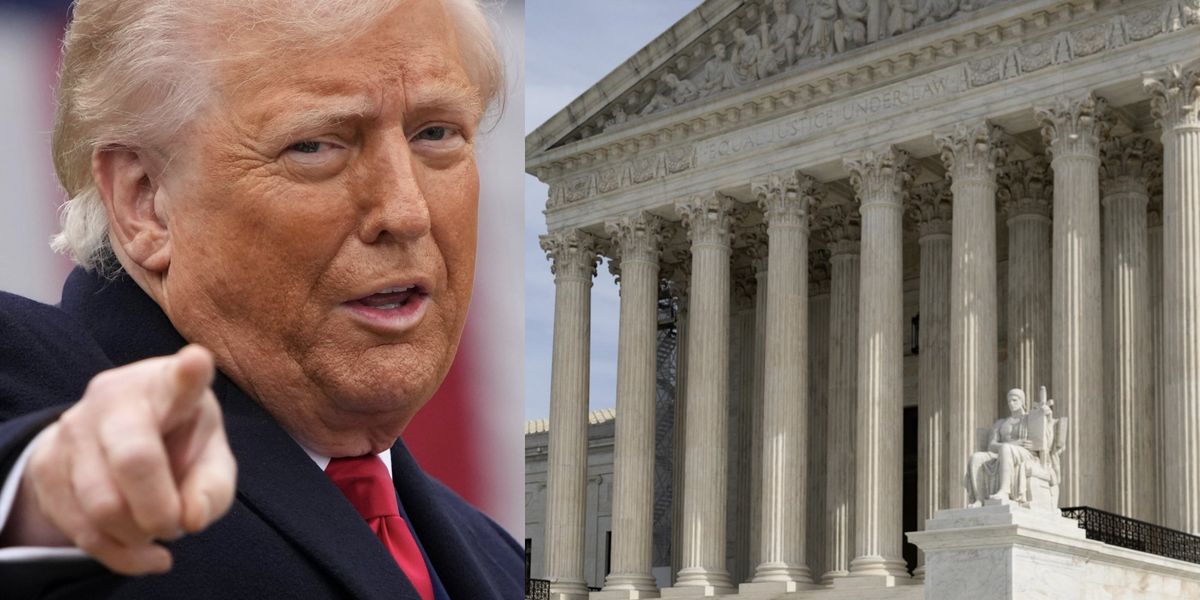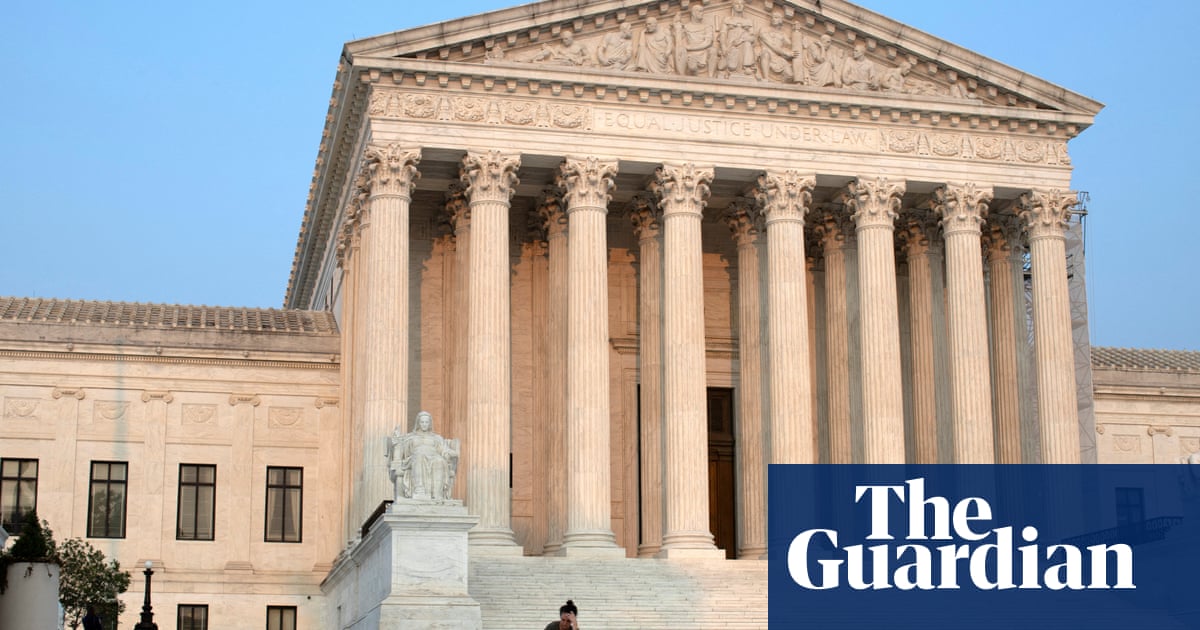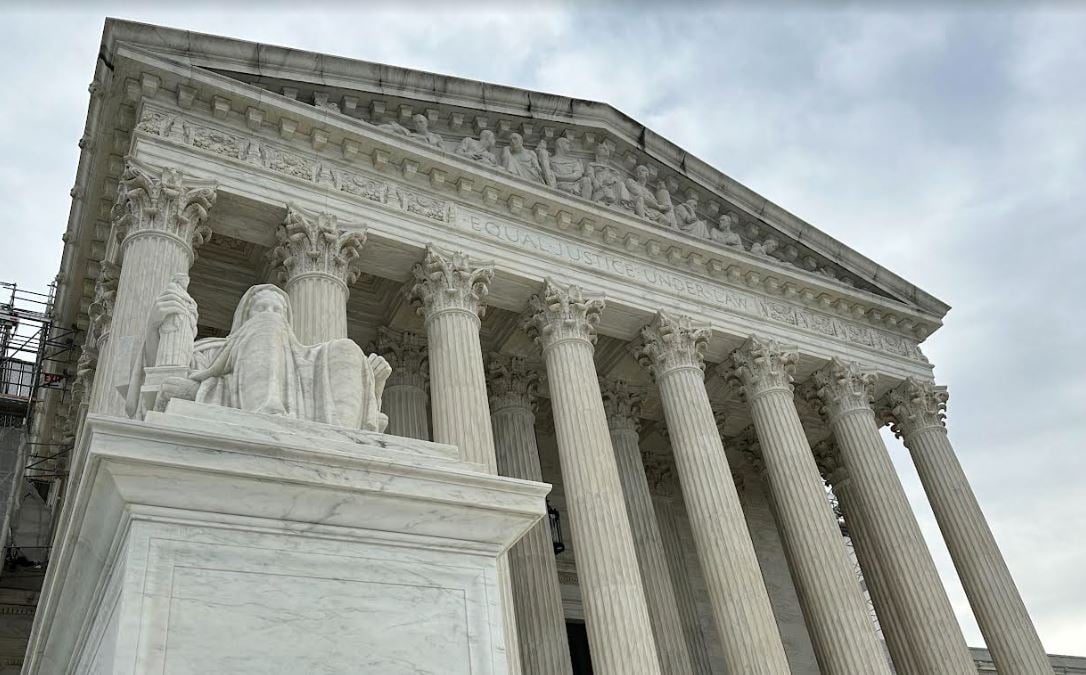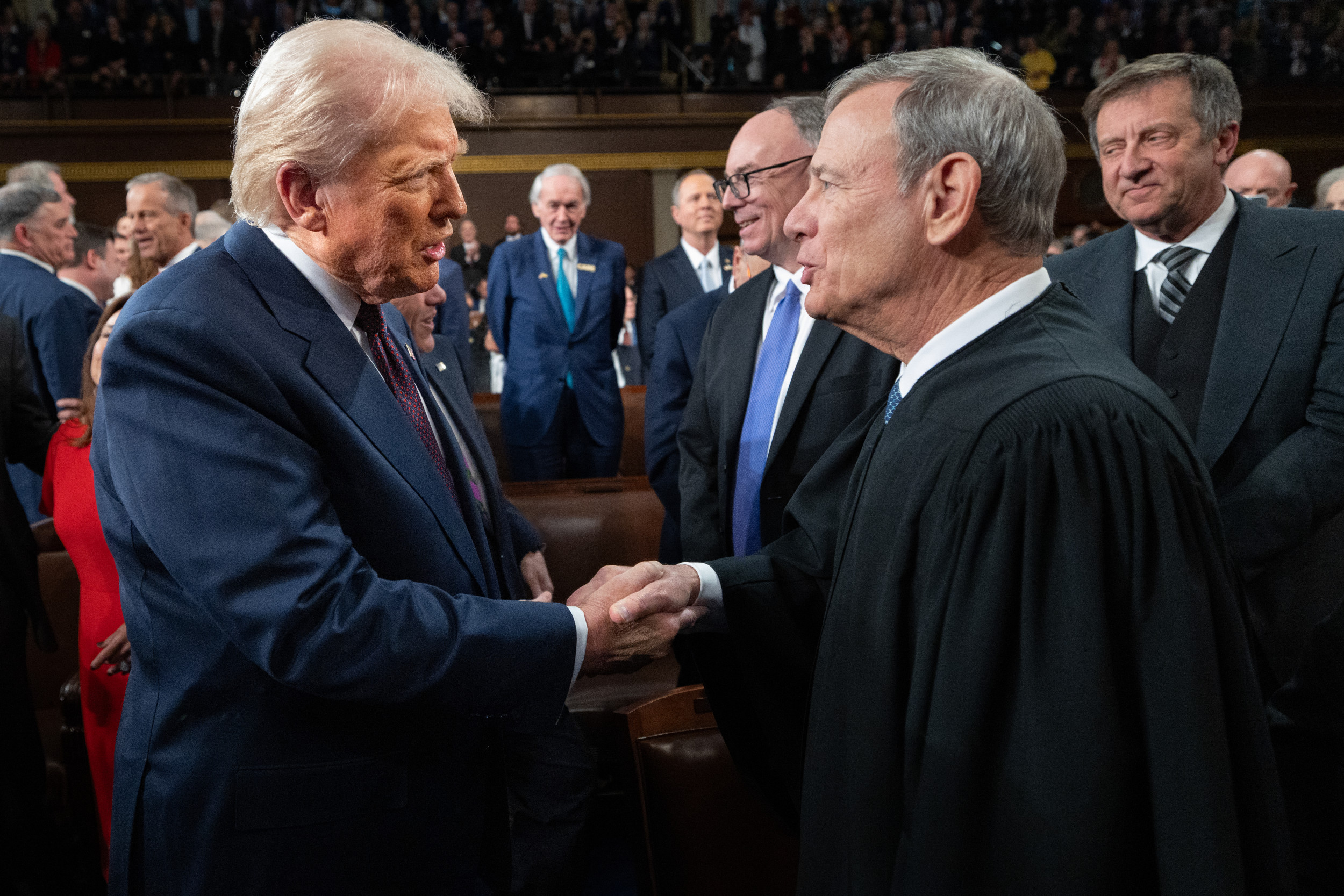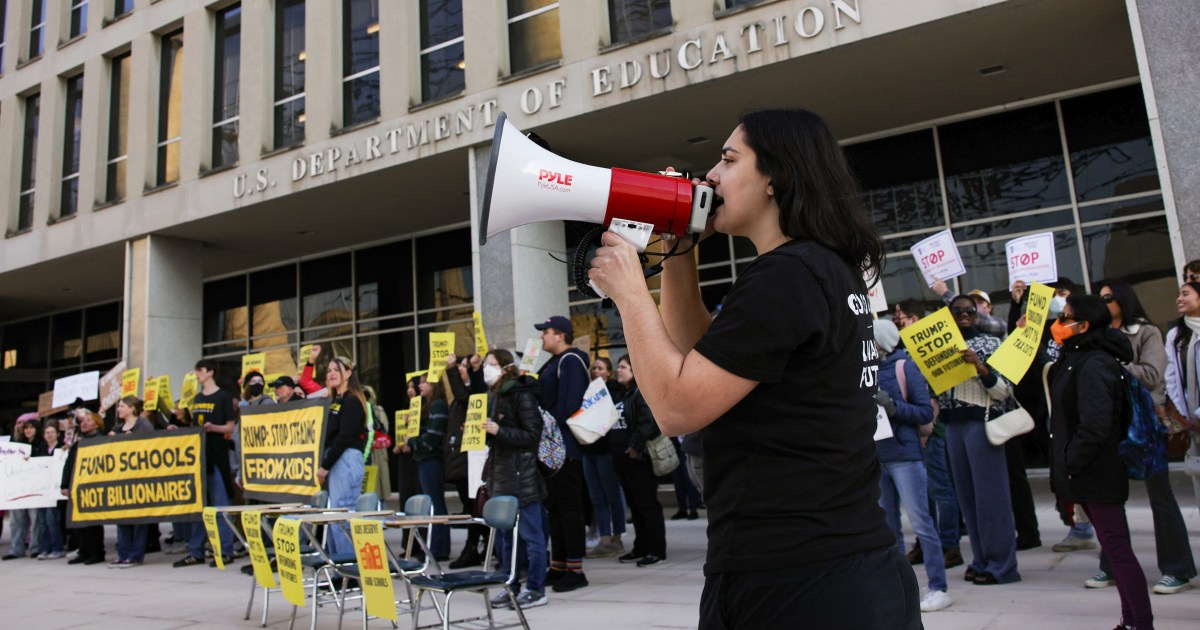Supreme Court Allows Trump to Proceed with Teacher Training Grant Cuts Amid Controversy
The Supreme Court has cleared the Trump administration to withhold teacher training grants, sidelining a Massachusetts order amid ongoing litigation.
Subscribe to unlock this story
We really don't like cutting you off, but you've reached your monthly limit. At just $5/month, subscriptions are how we keep this project going. Start your free 7-day trial today!
Get StartedHave an account? Sign in
Overview
In a notable 5-4 decision, the Supreme Court sided with the Trump administration, allowing it to withhold over $65 million in teacher training grants while litigation continues. This marks a key victory for Trump, who is cutting federal spending tied to diversity initiatives. Chief Justice John Roberts joined the court's liberal justices in dissent, arguing the government’s abrupt termination of funds could harm educational programs. The administration claimed the grants contradicted its policies, while dissenting justices criticized the government's failure to justify its actions legally. This is Trump's first Supreme Court win in his second term.
Report issue

Read both sides in 5 minutes each day
Analysis
- The Supreme Court's decision to allow the Trump administration to freeze teacher training grants has sparked significant debate about the authority of district courts over federal agency decisions.
- The conservative majority on the court emphasized the likelihood that the states could recover any funds if they ultimately win, suggesting that the grants' cessation does not lead to irreparable harm for the parties involved.
- Dissenting justices raised concerns about the lack of legal justification provided by the administration for terminating the grants, calling the court's intervention premature and potentially harmful.
Articles (17)
Center (8)
FAQ
The Trump administration canceled the grants claiming they conflicted with its policies by promoting diversity, equity, and inclusion initiatives, which were deemed inconsistent with priorities of merit, fairness, and excellence in education.
The eight states involved were California, Massachusetts, New Jersey, Colorado, Illinois, Maryland, New York, and Wisconsin.
Chief Justice John Roberts did not explain his dissent but joined the liberal justices. Justices Elena Kagan and Ketanji Brown Jackson questioned the need for immediate intervention by the Supreme Court, suggesting it was premature and could cause harm to educational programs.
The decision allows the states to use their own funds to continue the programs temporarily. However, the loss of federal grants has already forced some schools to cut programs and jobs, as seen in Boston and New Jersey.
History
- 7M

 5 articles
5 articles
